- Science, Tech, Math ›
- Chemistry ›
- Activities for Kids ›

Easy Chemistry Experiments to Do at Home
These 12 projects use materials you probably already have
- Activities for Kids
- Chemical Laws
- Periodic Table
- Projects & Experiments
- Scientific Method
- Biochemistry
- Physical Chemistry
- Medical Chemistry
- Chemistry In Everyday Life
- Famous Chemists
- Abbreviations & Acronyms
- Weather & Climate
- Ph.D., Biomedical Sciences, University of Tennessee at Knoxville
- B.A., Physics and Mathematics, Hastings College
Looking for fun, educational activities to do at home? This list of easy chemistry experiments and science activities will allow you to perform experiments with materials you likely already have in your kitchen cupboards .
You don't need esoteric chemicals and a lab to have a good time with chemistry. Your average fourth-grader can make slime , and it doesn't get any less fun when you're older, so this is a good at-home experiment for kids and adults alike.
Borax Snowflake
Anne Helmenstine
Making a sparkly borax snowflake is a crystal-growing project that's safe and easy enough for kids. You can make shapes other than snowflakes, and you can color the crystals. If you use these as Christmas decorations and store them, the borax is a natural insecticide and will help keep your long-term storage area pest-free. If they develop a white precipitant, lightly rinse them but don't dissolve too much crystal.
Mentos and Diet Soda Fountain
This is a backyard activity best accompanied by a garden hose . The Mentos fountain is more spectacular than a baking soda volcano . If you make the volcano and find the eruption to be disappointing, substitute these ingredients.
Penny Chemistry
You can clean pennies, coat them with verdigris, and plate them with copper. This project demonstrates several chemical processes , yet the materials are easy to find and the science is safe enough for kids.
Invisible Ink
Invisible inks either react with another chemical to become visible or else weaken the structure of the paper so the message appears if you hold it over a heat source. But we're not talking about fire here; the heat of a normal light bulb is all that's required to darken the lettering. This baking soda recipe is nice because if you don't want to use a light bulb to reveal the message, you can just swab the paper with grape juice instead.
Colored Fire
Fire is fun. Colored fire is even better. These additives are safe. They won't, in general, produce smoke that is any better or worse for you than normal wood smoke. Depending on what you add, the ashes will have a different elemental composition from a normal wood fire, but if you're burning trash or printed material, you have a similar result. This is suitable for a home fire or campfire, plus most chemicals are found around the house (even of non-chemists).
Seven-Layer Density Column
Make a density column with many liquid layers . Heavier liquids sink to the bottom, while lighter (less dense) liquids float on top. This is an easy, fun, colorful science project that illustrates the concepts of density and miscibility.
Homemade Ice Cream in a Plastic Bag
Science experiments can taste good! Whether you're learning about freezing point depression or not, the ice cream is a delicious result either way. This cooking chemistry project potentially uses no dishes, so cleanup can be very easy.
Hot Ice (Sodium Acetate)
Got vinegar and baking soda ? If so, you can make " hot ice ," or sodium acetate , and then cause it to instantly crystallize from a liquid into "ice." The reaction generates heat, so the ice is hot. It happens so quickly that you can form crystal towers as you pour the liquid into a dish.
Burning Money
The " burning money trick " is a magic trick using chemistry . You can set a bill on fire, yet it won't burn. Are you brave enough to try it? All you need is a real bill.
Coffee Filter Chromatography
Exploring separation chemistry with coffee filter chromatography is a snap. A coffee filter works well, though if you don't drink coffee you can substitute a paper towel. You can also devise a project comparing the separation you get using different brands of paper towels. Leaves from outdoors can provide pigments. Frozen spinach is another good choice.
Baking Soda and Vinegar Foam Fight
The foam fight is a natural extension of the baking soda volcano . This easy chemistry experiment is a lot of fun and a little messy, but quick enough to clean up as long as you don't add food coloring to the foam.
- Easy Science Projects
- How to Make Flaming Gel
- Kitchen Science Experiments for Kids
- How to Make Elephant Toothpaste
- Safe Science Experiments
- Homemade Silly Putty Recipes
- Science Projects Photo Gallery
- Fried Green Egg Food Science Project
- Baggie Chemistry Experiments
- Top Chemistry Projects for Bored Kids
- Mad Scientist Party Theme
- Second Grade Science Fair Projects
- Chemistry Experiments With Pennies
- Science Experiments and Activities for Preschoolers
- Baking Soda Science Projects
- How to Make Glow in the Dark Slime
Your browser is not supported
Sorry but it looks as if your browser is out of date. To get the best experience using our site we recommend that you upgrade or switch browsers.
Find a solution
- Skip to main content
- Skip to navigation

- Back to parent navigation item
- Primary teacher
- Secondary/FE teacher
- Early career or student teacher
- Higher education
- Curriculum support
- Literacy in science teaching
- Periodic table
- Interactive periodic table
- Climate change and sustainability
- Resources shop
- Collections
- Remote teaching support
- Starters for ten
- Screen experiments
- Assessment for learning
- Microscale chemistry
- Faces of chemistry
Classic chemistry experiments
- Nuffield practical collection
- Anecdotes for chemistry teachers
- On this day in chemistry
- Global experiments
- PhET interactive simulations
- Chemistry vignettes
- Context and problem based learning
- Journal of the month
- Chemistry and art
- Art analysis
- Pigments and colours
- Ancient art: today's technology
- Psychology and art theory
- Art and archaeology
- Artists as chemists
- The physics of restoration and conservation
- Ancient Egyptian art
- Ancient Greek art
- Ancient Roman art
- Classic chemistry demonstrations
- In search of solutions
- In search of more solutions
- Creative problem-solving in chemistry
- Solar spark
- Chemistry for non-specialists
- Health and safety in higher education
- Analytical chemistry introductions
- Exhibition chemistry
- Introductory maths for higher education
- Commercial skills for chemists
- Kitchen chemistry
- Journals how to guides
- Chemistry in health
- Chemistry in sport
- Chemistry in your cupboard
- Chocolate chemistry
- Adnoddau addysgu cemeg Cymraeg
- The chemistry of fireworks
- Festive chemistry
- Education in Chemistry
- Teach Chemistry
- On-demand online
- Live online
- Selected PD articles
- PD for primary teachers
- PD for secondary teachers
- What we offer
- Chartered Science Teacher (CSciTeach)
- Teacher mentoring
- UK Chemistry Olympiad
- Who can enter?
- How does it work?
- Resources and past papers
- Top of the Bench
- Schools' Analyst
- Regional support
- Education coordinators
- RSC Yusuf Hamied Inspirational Science Programme
- RSC Education News
- Supporting teacher training
- Interest groups

- More navigation items
Expertly communicate the excitement of chemistry with these time-tested classroom practicals.
These resources have been compiled from the book Classic chemistry experiments : a collection of 100 chemistry experiments developed with the support of teachers throughout the UK.
If you'd like to buy a copy of the book, visit our online bookshop . If you're a Royal Society of Chemistry member, don't forget to use your 35% discount.
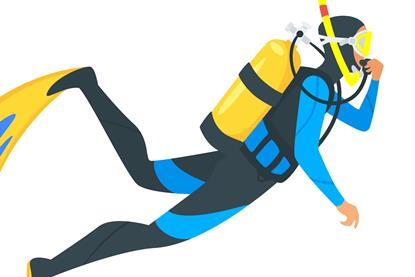
A Cartesian diver
An old favourite experiment, the Cartesian diver is easy for students to complete. Explore important ideas that build a foundation of knowledge.
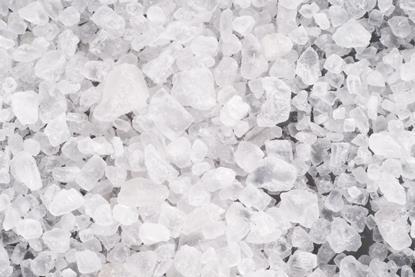
Chemistry and electricity
Create coloured writing from acids, alkali, and salt solution, all activated through electrolysis.
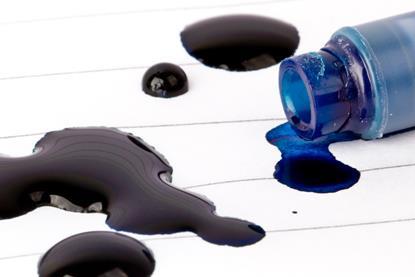

Disappearing ink
Explore the reaction between acids and bases as students create disappearing ink, in this favourite classroom practical.
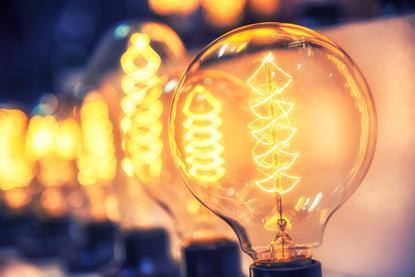
Electricity from chemicals
Use various metals, in pairs, and n electrolyte to form a cell. Then observe the formation of ions around the reactive metal, and compare the speed with which they form around the less reactive metal. Includes kit list and safety instructions.
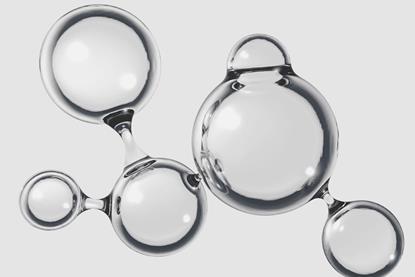
Experiments with particles
Explore physical states, and how material interact with three practicals. Students use common classroom items to explore, and then note their findings. Includes kit list and safety instructions.
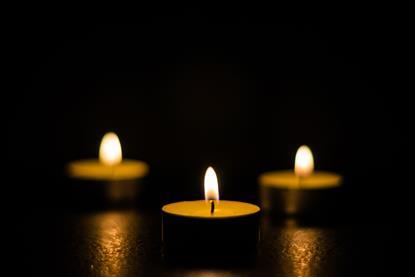
Identifying the products of combustion
In association with Nuffield Foundation
Illustrate the presence of water and carbon dioxide in the products of hydrocarbon combustion in this demonstration. Includes kit list and safety instructions.
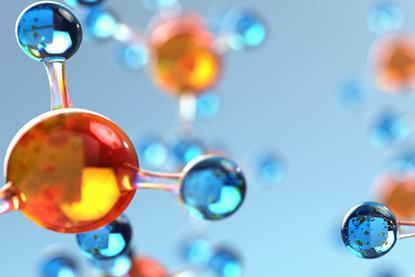
Particles in motion?
Explore the movement of gas particles in this practical but reacting calcium carbonate with hydrochloric acid. Includes kit list and safety instructions.
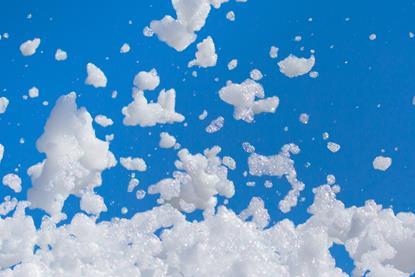
Producing a foam
Explore foams and their properties in this experiment, so students learn how foam is produced and produce their own. Includes kit list and safety instructions.

Properties of the transition metals and their compounds
Student discover the diversity of transition metals in this practical that puts their knowledge of these common elements to the test. Includes kit list and safety instructions.

Rubber band experiment
A rubber band, a hairdryer, and a curious mind will see students discover the principles of heat based reactions. Includes kit list and safety instruction.
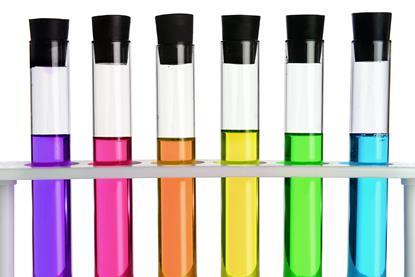
Testing salts for anions and cations
A full range of chemicals will guide students into discovering how to identify the composition of unknown substances. Includes kit list and safry instructions.
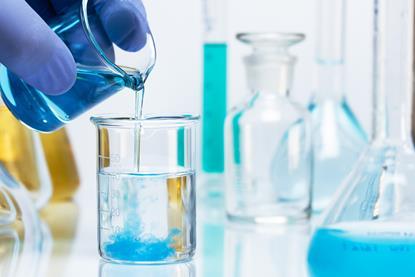
The effect of concentration and temperature on reaction rate
Reaction rate can be altered by many things, in this practical students explore how temperature and concentration effect reaction in an closer look at kinetics. Includes kit list and safety instructions.
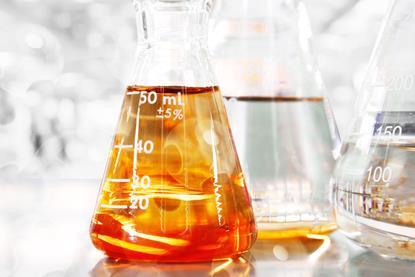
The effect of temperature on reaction rate
Discover more about collision theory in this practical, where a sodium thiosulfate and hydrochloric acid mixture produce an interesting reaction. Includes kit list and safety instructions.
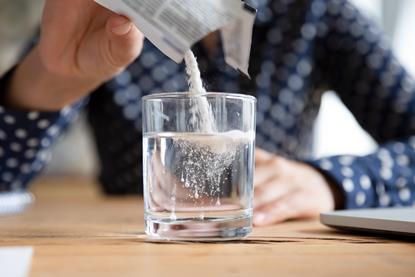
The effect of temperature on solubility
Hot or cold, which water is better for soluble substances? Explore your finding from this practical into the effect of temperature on solubility. Includes kit list and safety instructions.
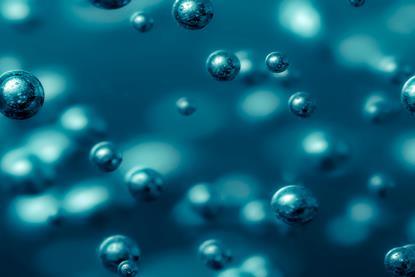
The electrolysis of solutions
Electricity is passed through various solutions and the products are identified. Includes kit list and safety instructions

The preparation and properties of oxygen
Produce a potassium manganate(VII) reaction using a test tube, Bunsen burner, and scientific inquisition to detect the presence of oxygen. Includes kit list and safety instructions.

The reactivity of the group 2 metals
Compare group 1 and group 2 metals with this practical that shows their reactivity rates, where students can take control of their own observations and come to their own conclusions
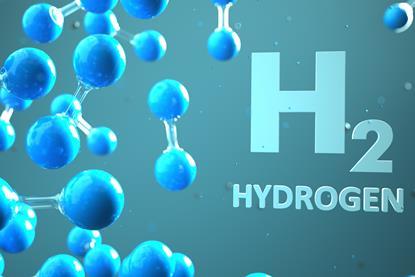
The volume of 1 mole of hydrogen gas
Understand the volume of one mole of hydrogen gas through a magnesium and acid reaction, taking note of the temperature and pressure. Includes kit list and safety instructions.
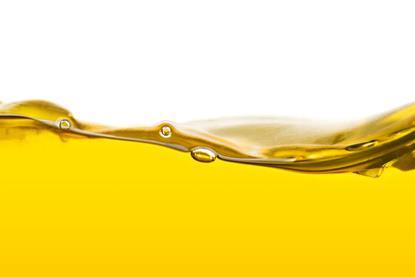
Compare the viscosity of thick and thin liquids in this experiment, which gets young learners exploring how viscosity alters the speed of an air bubble through the substances. Includes kit list and safety instructions.
- Contributors
- Email alerts
Site powered by Webvision Cloud

IMAGES
VIDEO